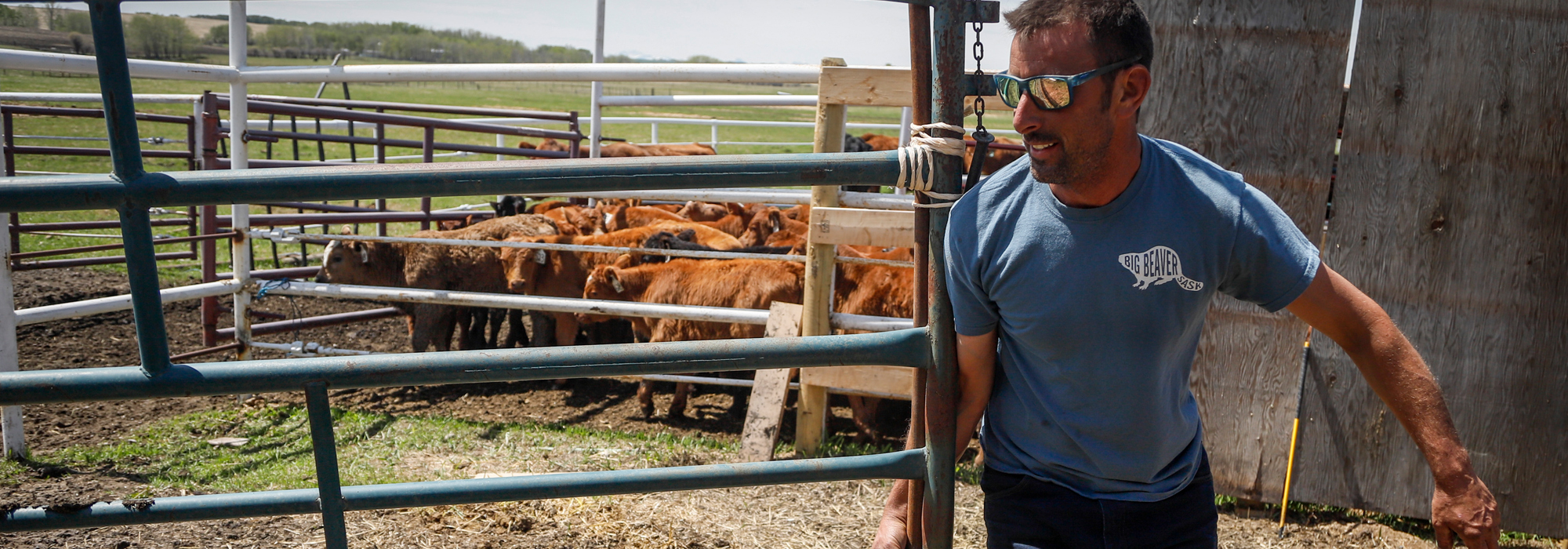
The first six months of this new decade have forced us to reconsider nearly everything: how we work, how we connect with each other and, with increasing urgency, the purposes, functions and futures of the structures and institutions at the core of our social and economic systems. The COVID-19 pandemic and the widespread reckoning with racism brought about by the latest resurgence of the Black Lives Matter movement are both happening in the shadow of a global climate emergency. The confluence of crises has forced our collective hand. These are not polite invitations to consider incremental change, they are radical disruptions that are shaking us by our collective shoulders and asking: What will you do now?
If we have learned anything in the first half of 2020, it’s that our public institutions and policy machinery can be far more nimble than we sometimes give them credit for. We’re doing things we didn’t think we could do before — from the universal income support of the Canada Emergency Response Benefit to a massive shift in public consciousness and engagement with anti-racism movements. Many of our assumptions about the way we do government can and should be re-examined. It’s not so much that the convergence of multiple crises has broken our socio-economic systems, it’s that they have exacerbated the cracks and crevices that were already there, with the kind of acute clarity that means they can no longer be ignored.
One such increasingly volatile fault line is the rural-urban divide. The tendency toward conflict between rural and urban communities, despite their many interconnections, long predates this unexpectedly chaotic year. Contributors to Policy Options noted the growing disconnect between rural and urban Canada in 2017. In 2018, the economic geographer Andrés Rodríguez-Pose drew direct links between such divides and their socio-economic and political consequences by calling the geographic distribution of growing populism “the revenge of the places that don’t matter.” Whether it’s the glaring ineffectiveness of the way we approach investments in rural broadband, the social and economic pressures linked to “disaster gentrification” or renewed awareness of the centrality of rural places in providing critical resources like energy or food (and the racialized dynamics of the labour of some parts of Canada’s agri-food system) — 2020 has surfaced serious sinkholes in Canadian rural policy.
These issues are not new to anyone who has spent time in rural Canada. However, the political and policy machinery that governs our country has become increasingly centralized in large urban centres and managed by generalists. This disconnect is a major part of the problem. Canadian public policy has developed a place-blindness that assumes that what works in Nelson, BC, should work in Dundalk, Ontario, or North Battleford, Saskatchewan — all while taking for granted that, of course, Vancouver, Edmonton and Montreal need their own specific approaches. There’s never been a better time to unravel these assumptions.
As we sit with the stinging feeling that comes when sunlight lands on the darkest recesses of our institutional dynamics, we must address three critical questions if we are going to make any progress toward reimagining resilient rural futures:
- Do we value rural places?
- Is there a “right to be rural”?
- Who gets to decide what happens next?
Do we value rural places?
In general, rural value is framed as extractive value or consumptive value, whether it’s timber, agriculture, energy or tourism, recreation or “empty” spaces to “escape” to. Rural places are most frequently positioned in terms of what they can provide to non-rural people, rather than through any lens that recognizes their inherent worth. The tendency to frame the value of both individuals and communities only in terms of their productive or consumptive value is dehumanizing.
By contrast, we position cities as places of innovation and culture. There is a tendency to embed these values in the idea of the city itself. If we can do this for some places, why not others? Why is it so difficult to consider and then centre the value of rural people and places in their own right? What if rural policy deeply respected rural communities, rather than treating them as cities in waiting or something broken that needs to be fixed?
Is there a “right to be rural”?
It can be difficult to feel like our current approach to rural policy actually does value rural places as unique contributors to the complex interconnections between communities of all shapes and sizes that make up the social and economic fabric of our country. This is mostly because the underpinning assumption of most contemporary rural policies and programs seems to be that successful rural development is urbanization. The geographically uneven results of current approaches to investing in infrastructure, social safety nets, and economic development mean that, to a large degree, geography is destiny. Place-blind policies neglect the importance of place in shaping our lives and communities.
The combination of external forces pushing rural places toward urbanization and rural people’s perception that they are being left out of the decision-making processes that deeply affect their lives has produced arguments about the “right to be rural.” They echo the philosopher Henri Lefebvre’s vision of the “right to the city,” which has become a slogan of urban renewal around the world.
Interestingly, marginalized and underserved communities in both rural and urban contexts have far more in common than one might imagine. For example, the experience of living in a food desert will be similar, regardless of whether your urban community is served only by convenience stores or your rural community grocery store has closed and you must drive an hour to the next city. If we consider things like broadband connectivity, access to health care and education, and the opportunity to pursue meaningful and sustainable livelihood as rights, why should we accept lower standards — and, by extension, lesser rights — for those living in rural communities?
As we face the possibility of increasingly uncertain futures, approaching rural policy through the lens of rights requires us to start from questions of equity and radically rethink the quality, quantity and speed of our investments in rural communities.
Who gets to decide what happens next?
The transformation of rural Canada has been and will continue to be shaped by both the formal decisions and the informal relationships that continually constitute and reconstitute the structures that govern our societies. However, governments across Canada seem to struggle to develop robust, flexible and effective rural policies to meet the ever-changing needs of rural communities. Evidence-based policy-making remains a challenge. Critically, there often appears to be little questioning about who gets invited to the table when rural issues are being discussed, based on (incorrect) assumptions that all rural communities are the same or that there is a singular policy response that can meet every rural person’s needs and aspirations.
Rural policy is typically positioned as a sub-portfolio within ministries of agriculture, natural resources or infrastructure. The tendency to see agricultural or other sector-specific policy as representing the whole of rural policy ignores the layered identities, needs and aspirations of rural places. Further, the assumption that cities are our primary engines of growth ignores the outsize contributions of rural areas to both our GDP and Canadian culture. The dismantling of the federal Rural Secretariat in 2013, the general trend toward centralization of government and service delivery, and the emphasis of all orders of government on sectoral development rather than holistic community development has all but erased rural people from the policies and programs supposedly designed to support them. Re-centering the priorities of rural people and places in rural policy will require fundamental changes in where, how and by whom rural policy decisions are made if we are ever to develop effective tools for addressing contemporary rural realities.
Realizing the radical potential of rurality
It is easy to feel like we might collapse under the weight of the tasks ahead of us; there is much to do if we are going to reimagine a more just world. There is no recovery from our current crises without social, economic and climate justice — and this work includes supporting efforts to realize the full potential of rural Canada.
It is time to rise to the invitation offered by American activist and community organizer Mariame Kaba and “let this radicalize you rather than lead you to despair.” To realize the radical potential of the rural, we must leave behind outdated assumptions that both rural decline and unchallenged urbanization are the twin edges of some inevitable compromise.
As we look toward the future, we need to overcome the laziness of viewing the application of public policy interventions through the lens of “urban versus everywhere else” and develop place-based approaches that recognize the value of a diversity of both rural and urban communities and the critical linkages between them. As we recommit to new ways of building interesting, inclusive futures from here on out, we must not let our imagination end at the city limits.
This article is part of the The Coronavirus Pandemic: Canada’s Response special feature.










